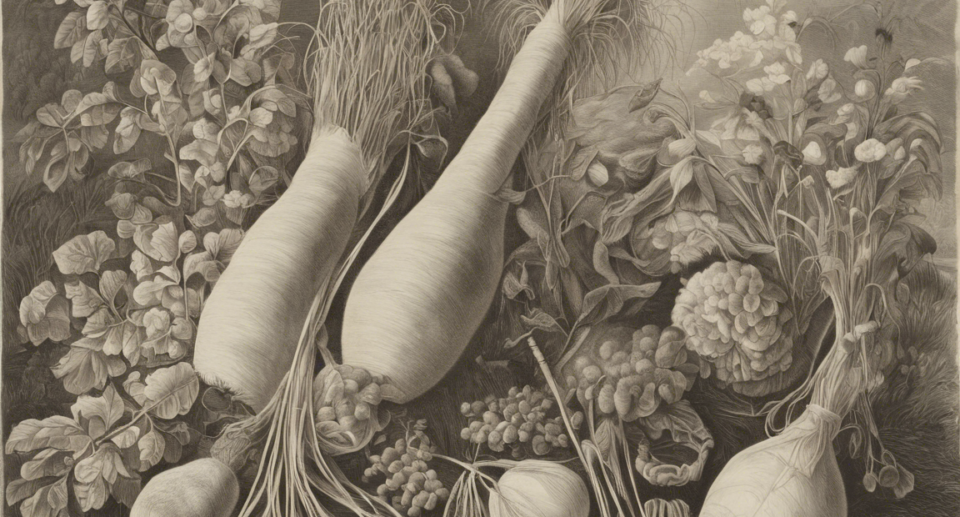Creating a Tense Chart for Easy Reference

Tenses play a crucial role in the English language, as they indicate the time at which an action takes place. Understanding tenses is essential for effective communication and writing. However, with various tenses and their forms, it can be overwhelming to remember all the rules and usage. That’s where a tense chart comes in handy.
What is a Tense Chart?
A tense chart is a visual aid that organizes different tenses in a systematic way for easy reference. It typically lists various tenses along with their forms, structures, and examples. By having a tense chart, you can quickly identify and use the right tense in your writing or speech.
Types of Tenses
There are three main categories of tenses: past, present, and future. Each category is further divided into four sub-categories: simple, continuous (progressive), perfect, and perfect continuous (progressive). Understanding the differences between these tenses is vital for accurate communication.
Past Tenses
- Simple Past: Describes an action that happened in the past. Example: She finished her homework.
- Past Continuous: Describes ongoing actions in the past. Example: They were playing football.
- Past Perfect: Describes an action that was completed before another past action. Example: She had already left when he arrived.
- Past Perfect Continuous: Describes actions that were ongoing over a period of time before something else happened. Example: By then, she had been studying for three hours.
Present Tenses
- Simple Present: Describes habits or facts. Example: He reads books regularly.
- Present Continuous: Describes actions happening now. Example: They are watching a movie.
- Present Perfect: Describes actions that were completed recently or have an effect on the present. Example: I have seen that movie.
- Present Perfect Continuous: Describes actions that started in the past and are still continuing. Example: She has been working here since 2010.
Future Tenses
- Simple Future: Describes actions that will happen. Example: She will call you later.
- Future Continuous: Describes actions that will be ongoing at a specific future time. Example: They will be travelling tomorrow.
- Future Perfect: Describes actions that will be completed before a future time. Example: By 5 p.m., he will have finished work.
- Future Perfect Continuous: Describes actions that will be ongoing over a period of time before a future point. Example: By next year, she will have been studying for ten years.
Constructing a Tense Chart
To create a tense chart, you can either use a table format or a visual diagram. Here’s how you can structure it:
- Tense Name: Simple Present
- Form: Subject + Base Verb
-
Example: She talks to her friend.
-
Tense Name: Present Continuous
- Form: Subject + “to be” verb + Present Participle
-
Example: They are playing football.
-
Tense Name: Present Perfect
- Form: Subject + “have/has” + Past Participle
-
Example: He has seen that movie.
-
Tense Name: Present Perfect Continuous
- Form: Subject + “have/has been” + Present Participle
- Example: She has been working here since 2010.
Benefits of Using a Tense Chart
- Clarity: A tense chart provides a clear overview of different tenses and their usage.
- Quick Reference: Instead of searching through grammar books, you can refer to the chart for immediate assistance.
- Accuracy: By using the right tense, you can convey your message accurately and effectively.
- Learning Aid: Tense charts are valuable tools for ESL learners and students studying English grammar.
Frequently Asked Questions (FAQs) about Tense Charts
1. Why is it important to use the correct tense in writing?
Using the correct tense ensures clarity and precision in your communication. It conveys the timing of actions accurately.
2. How can I improve my understanding of tenses?
Practice regularly, read examples, and refer to tense charts for better comprehension.
3. Are tense charts suitable for all levels of English proficiency?
Yes, tense charts are beneficial for beginners as well as advanced learners to reinforce and enhance their understanding of tenses.
4. Can I create my own customized tense chart?
Absolutely! Tailoring a tense chart to suit your learning style and preferences can make it even more effective for you.
5. Are there any online resources available for tense charts?
Yes, many websites and apps offer interactive tense charts and exercises to practice and improve your grasp of tenses.
In conclusion, a tense chart is a valuable tool that simplifies the complexities of English grammar. By organizing tenses in a structured manner, it facilitates learning, understanding, and application of tenses in various contexts. Whether you are a student, a professional, or a language enthusiast, incorporating a tense chart into your learning arsenal can significantly enhance your language skills.




